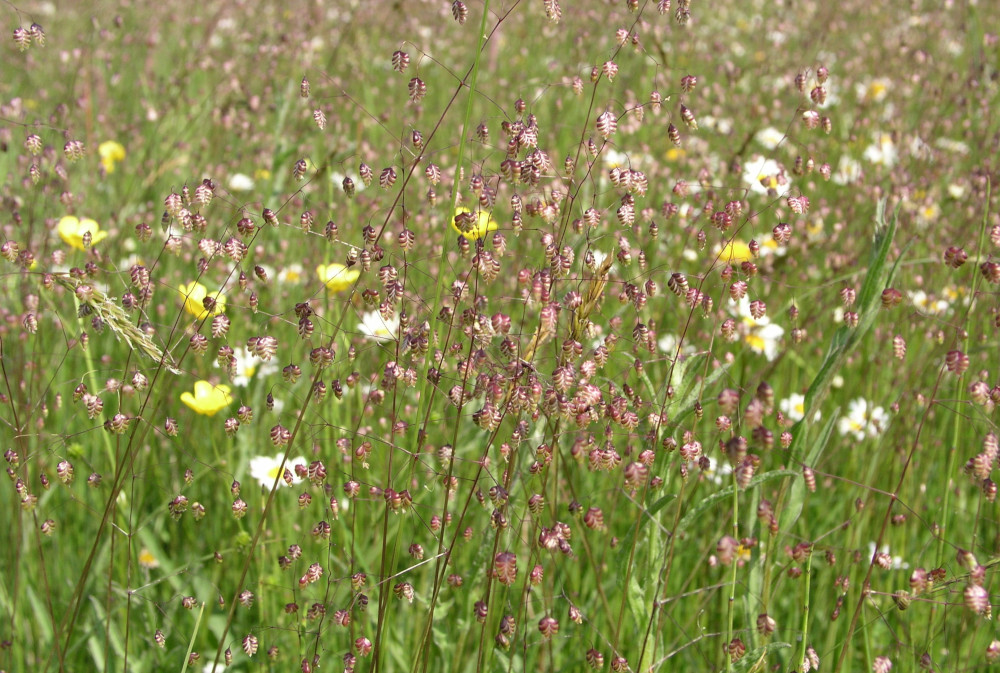Reduction in nitrogen deposition leads to biodiversity recovery

The Ossekampen Grassland Experiment, which started in 1958, includes a number of test fields that have been the subject of research for more than 60 years. Changes in botanical species composition, production and the soil have been measured in detail. This Wageningen experiment is one of the oldest ecological experiments in the world. The oldest is the Park Grass Experiment in Rothamsted (UK) which started a hundred years earlier.
Soil acidification
In the first 30 years after the start of the experiment there was a rapid drop in the diversity of plant species: the low-lying herbaceous plants and short grasses declined and the legumes virtually disappeared. This decline in biodiversity appears to have been largely a result of soil acidification and not, as is commonly assumed, of increased production. It’s striking that even on these buffered clay soils, over a period of 30 years the acidity of the soil dropped sharply (from pH = 5 to pH = 3.8). The most significant cause of this soil acidification was sulphur dioxide and the rapid rise in nitrogen deposition between 1950 and 1990.
Part of the loss of biodiversity in the early years can be ascribed to the shift from rotational pasture to meadows at the start of the experiment. During this time, typical pasture species such as crested dogstail and white clover disappeared, but it was decades before species commonly found in low-nutrient meadows (such as carnation sedge, heath grass and bugleherb) managed to establish themselves. Most of the nutrient loss turned out to actually have resulted from the soil acidification that was identified.
Stagnation
After 1990, environmental regulations related to agriculture and road traffic led to a drop in nitrogen deposition and diversity gradually increased again. The same happened with the low-lying herbaceous plants (such as lady’s bedstraw and bugleherb) and legumes (such as common bird’s-foot trefoil). But after 2010, this biodiversity recovery stagnated. Soil acidity also remained stuck at pH = 4.0. During this time, nitrogen deposition – particularly ammonia deposition, most of which is derived from livestock farming in the Netherlands – did not decline any further.
After 1990, various measures were introduced to reduce ammonia emissions, including the requirement for agricultural enterprises to maintain a minerals accounting system, and to carry out slurry injection. The minerals accounting system, which placed a levy on farmers for excessive surpluses of nitrogen and phosphorus, was scrapped in 2006.